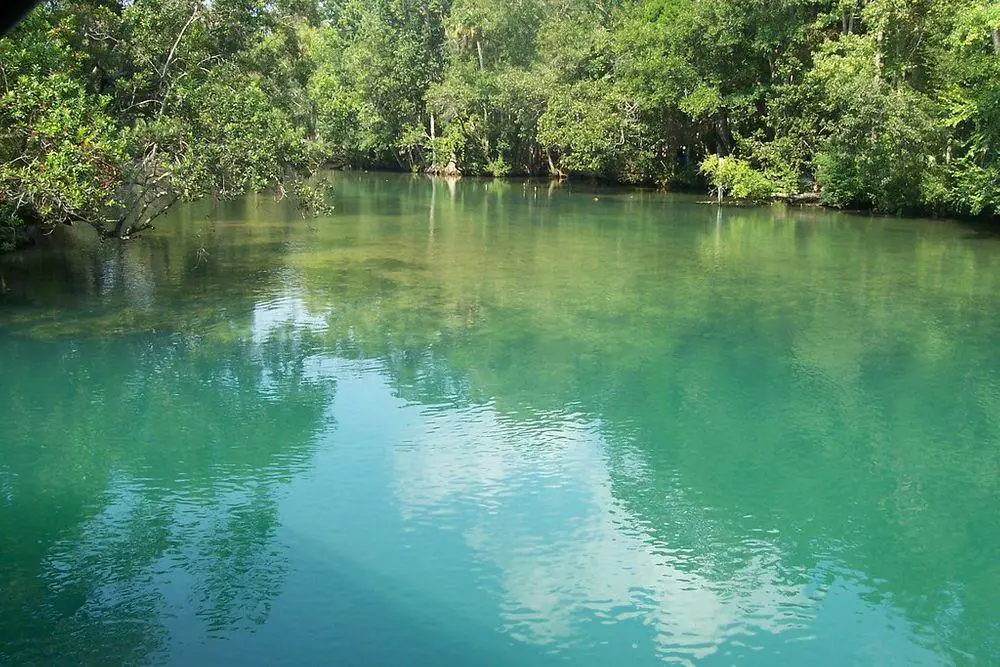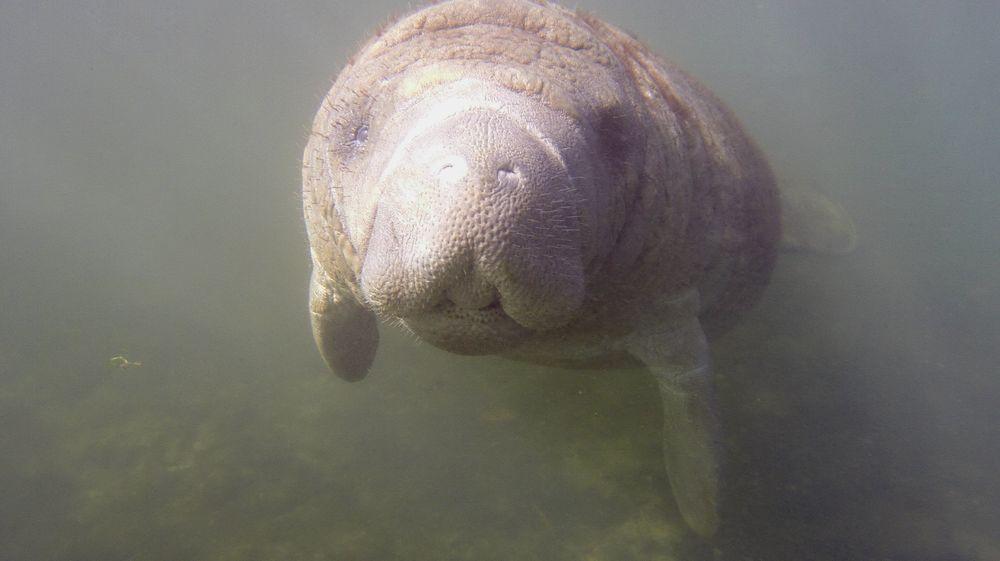World 🢖 North America 🢖 United States 🢖 Florida
Springs 🢔 Geological wonders 🢔 Categories of wonders
Wonder
Homosassa Springs Group
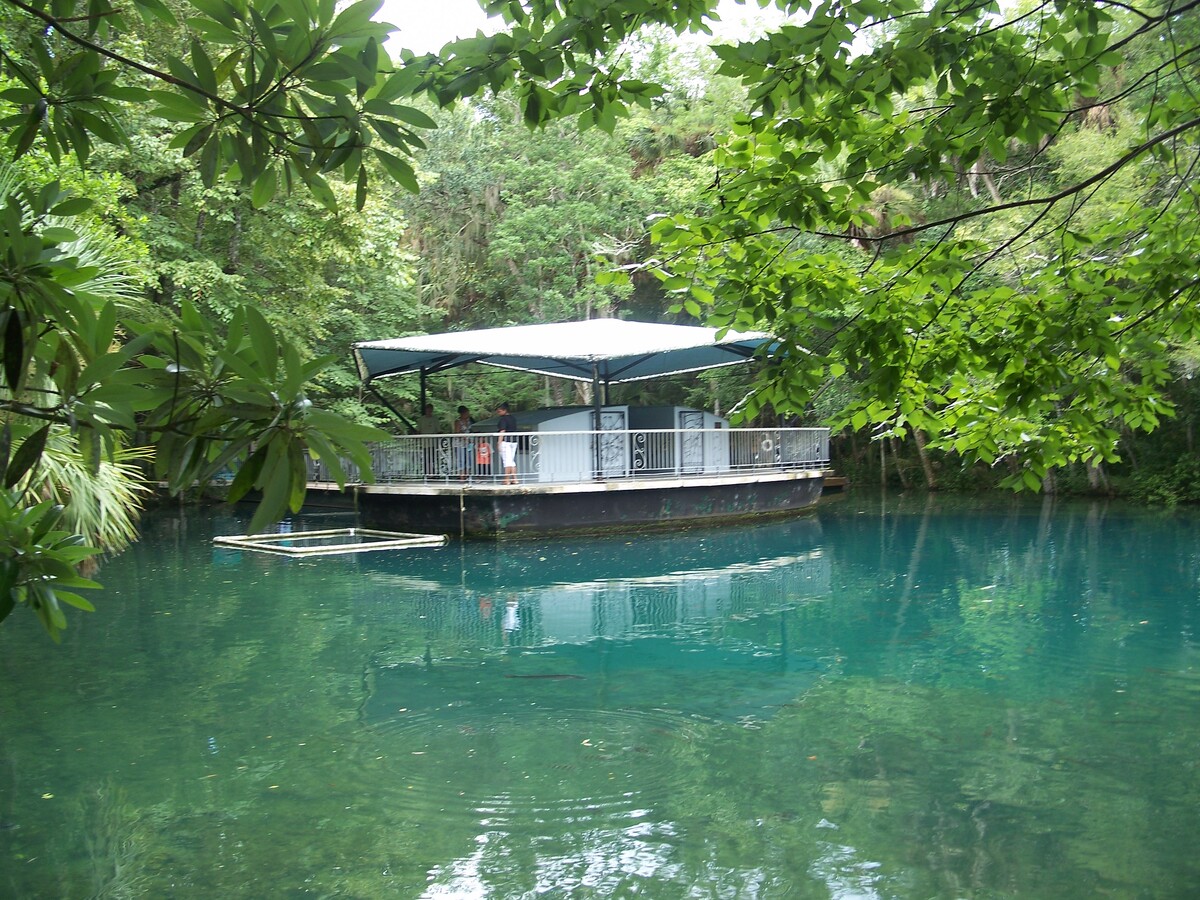
 In short
In short
The beautiful Homosassa Springs draw a wealth of visitors – and there is a lot to see here! But the story of these springs is even more complex and one of the aspects here is constant efforts to find an equilibrium between the wish of humans to visit and live in this part of Florida and the wish to preserve the pristine nature.
 43.3%
43.3%
GPS coordinates
Location, address
Alternate names
Type
Average discharge
Map of the site
If you see this after your page is loaded completely, leafletJS files are missing.
 In detail
In detail
History
People have lived near these springs for at least 12,000 years. The name of the springs “Homosassa” is a Creek Indian term. Similar to Chassahowitzka Springs further south, this name is linked to botany and means “place of many pepper plants”.
The first landowner of European descent here was David Levy Yulee in 1846. He established here a plantation and sugar mill and owned more than 150 slaves. The ruins of this mill still can be seen in Homosassa. Yulee supplied sugar to the Confederates until the sugar mill was attacked and burned by Union troops in 1864.
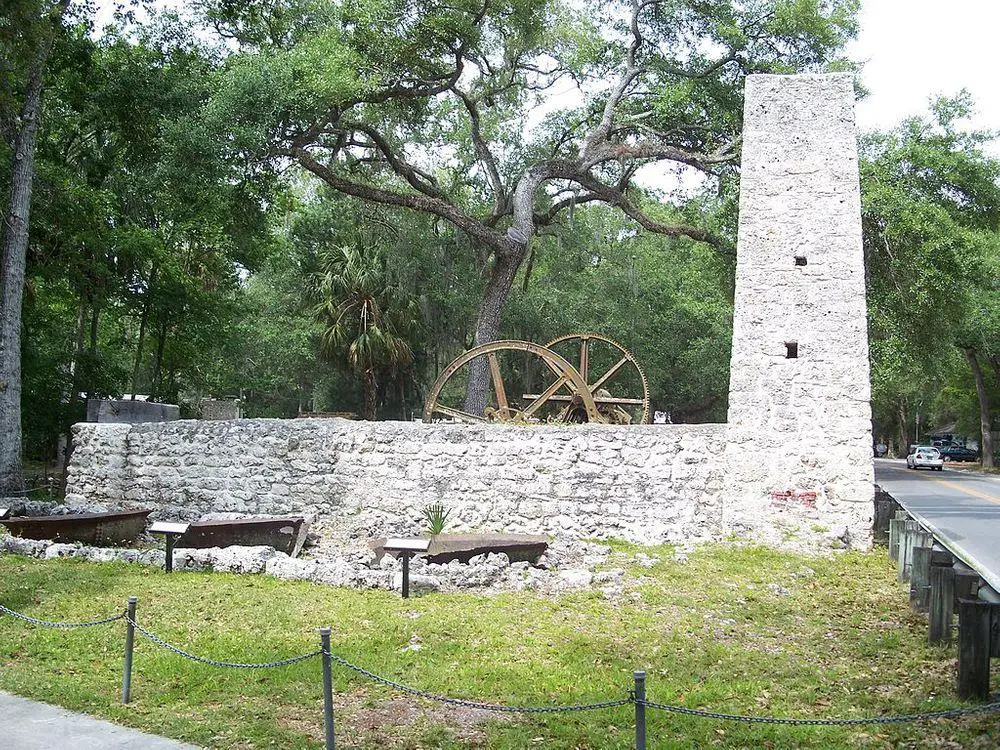
Ebyabe, Wikimedia Commons / CC BY-SA 3.0
In 1885 – 1887 there was built a railroad that existed until 1941. With the trains arrived visitors bathed in the unbelievably clear water, while the trains were loaded.
Step-by-step tourist facilities developed. As the water in the headspring is full of fish, in the 1940ies there was installed the first Underwater Observatory. Around the springs was made a nice park with a collection of local animals – and, initially, also quite a lot of foreign ones as well. Now only one “foreigner” – a hippopotamus Lu – lives in his basin but it would be wrong to call him a foreigner. He is there longer than most of the others – in January 2019 he became 59 years old and for most of his life Lu has lived there.
Modern mass tourism started to develop around Homosassa Springs in the 1960ies, and more and more houses were built around it. Soon after started the implementation of nature conservation activities and these continue up to this day.
Currently, the area is managed by the Ellie Schiller Homosassa Springs Wildlife State Park. The name of the park honors Ellie Schiller – a local philanthropist and biologist who generously supported nature conservation and cultural activities in this part of Florida.
Description of Homosassa Springs
Springs serve as the start of the Homosassa River. As is usual in the case of the giant Florida springs, the Homosassa River is fairly short – after some 12.5 kilometers, it reaches the Bay of Mexico. Soon after Homosassa Springs, the river receives a tributary from the north – Halls River, which also is fed by springs.
Homosassa Springs Group is rather dense, within a distance of some 600 meters. It consists of the following springs (from the north to the south):
- Bear Spring
- Banana Spring
- Alligator Spring
- Homosassa Spring 1, 2, 3 – the headspring with its three vents
- Blue Hole Spring
- unnamed spring
- unnamed spring
- Abdoney Spring
- Belcher Spring
- Pumphouse Springs
- Trotter Main Spring
- Trotter 1 Spring
- McClain Spring
By far the most impressive is the headspring: Homosassa Spring 1, 2, 3. The headspring is formed by three powerful vents. Water content – salinity and other chemical compounds – are different in each of these vents. The depth of the headspring reaches an impressive 20 meters, there is exposed limestone. The spring pool is 58 by 87 meters large. A large boil is seen on the surface.
Fish and manatees
Visitors can admire the aquatic life from the Underwater Observatory – and there is a lot to see! In the springs have been observed at least 47 species of fish – both marine and freshwater fishes. The biggest draw there though is manatees.
Florida manatees (Trichechus manatus latirostris) need water that is warmer than 17 °C. Homosassa Springs has a temperature of 23.4 °C – thus during the colder winter months animals can live there.
The number of manatees in the headwaters of the Homosassa River is increasing. In February 2016 there were counted 217 manatees. Some decades ago only a handful of these animals came there. Even on Google Earth images can be counted by some 40 manatees.
In Homosassa Park are treated and rehabilitated the injured and ill manatees. Three captive manatees live in the springs and their passage is closed by a metal fence under a pedestrian bridge. In winter the fencing is opened to allow for other manatees to come.
Environmental protection
The geology in this area is very demanding from the point of environmental protection. The carbonate rocks of the Upper Floridan aquifer are very permeable: if pollutants are released there, pollution goes far and is not much filtered by the rocks. Thus the state institutions are serious about the potential danger to the beautiful nature.
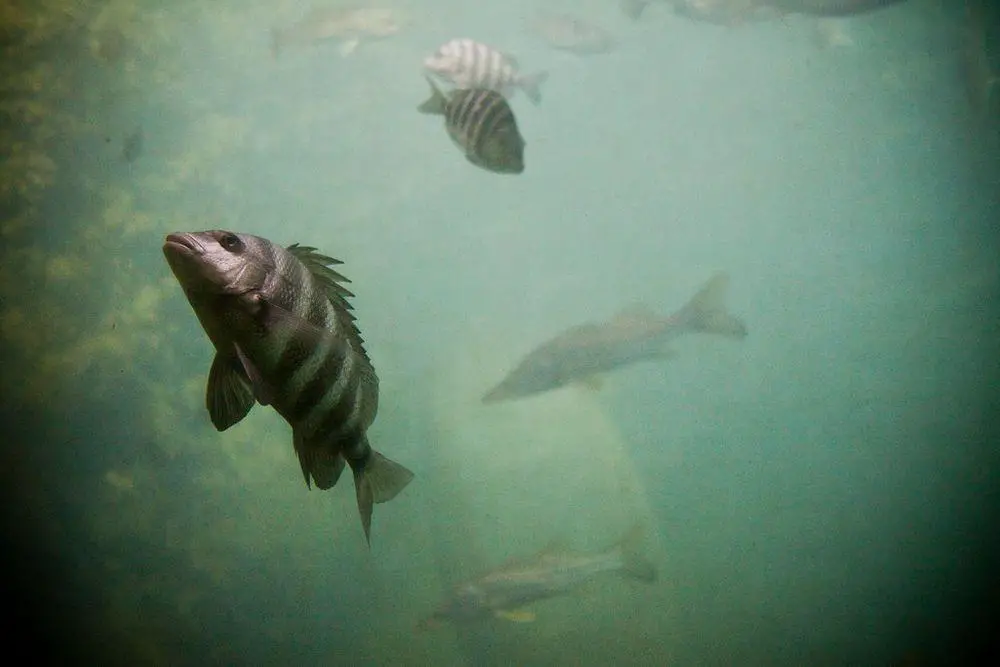
Kolin Toney, Flickr / CC BY-SA 2.0
The human presence is felt all around the springs – there are houses, channels, bridges, visitor facilities, and, of course, numerous visitors with cars, on feet, and in boats. Homosassa River can get very crowded on holidays. Swimming and boating though are not allowed within the headwaters of the spring.
Step by step pollution comes there and nature is changing, especially the aquatic ecosystem. Nevertheless, Homosassa Springs, especially the headspring, is crystal clear up to this day.
References
- Homosassa River Surface Water Improvement and Management (SWIM) Plan, Southwest Florida Water Management District, August 2017. Last accessed on 14th June 2019.
- Homosassa Springs at Homosassa Springs FL – 02310678, USGS. Accessed on August 27, 2023.
 Linked articles
Linked articles
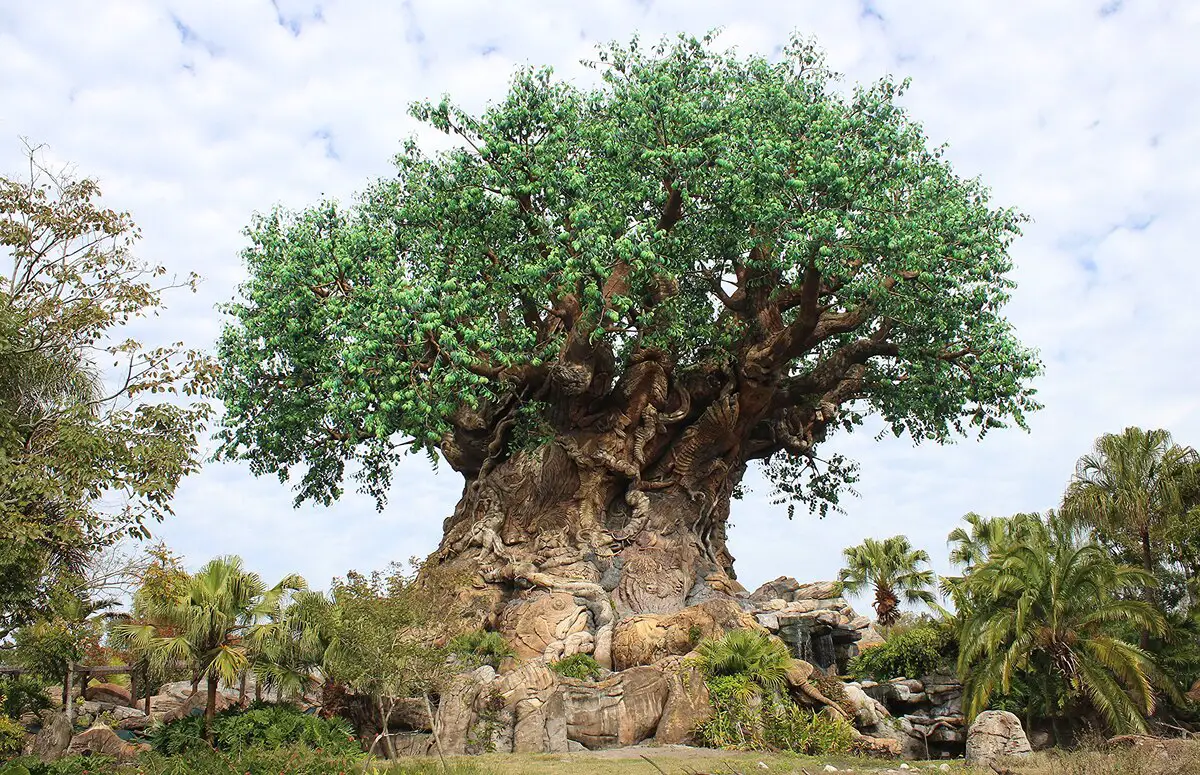
Wonders of Florida
Florida is the tropical paradise of the mainland United States. Over the last century, it has experienced fabulous changes, turning from a forgotten, swampy badland into a densely populated and rich land. Highlights of Florida include the architecture of the late 19th and 20th centuries as well as its giant springs and caves.
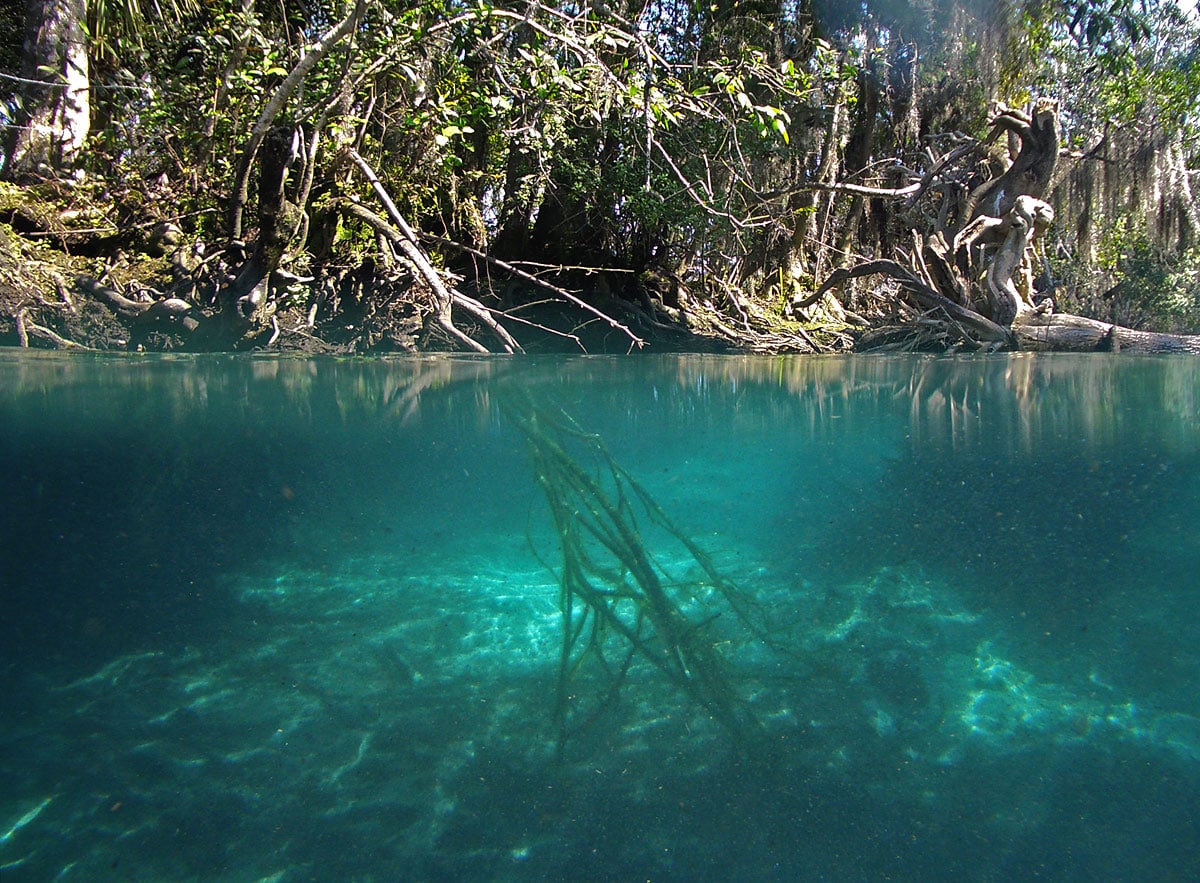
Springs
Powerful natural freshwater springs belong to the most fascinating monuments of nature. Even more exciting is the diversity of unusual springs – mineral springs, hot springs, submarine springs as well as the unusual black smokers. Especially beautiful are such natural rarities as travertine, silica, or salt terraces created by warm and hot springs and, especially, geysers.
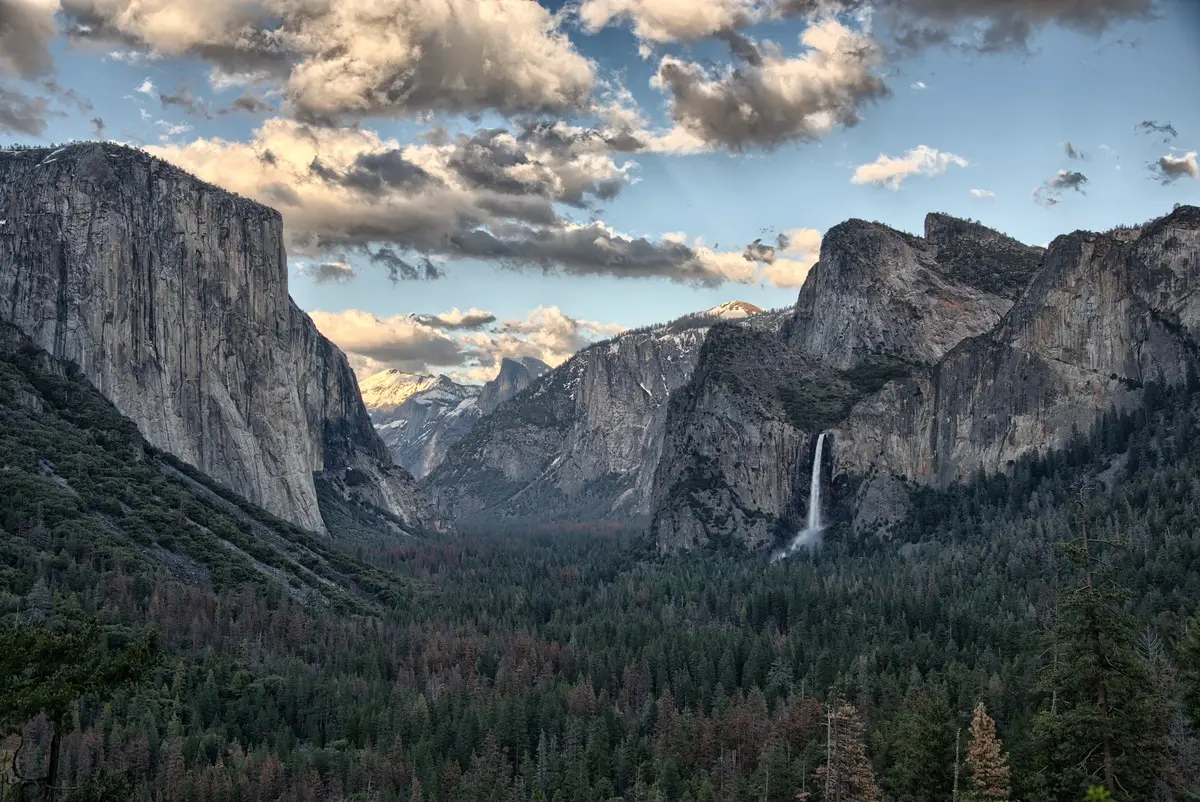
Wonders of the United States
The United States of America is one of the largest countries in the world and offers a wide array of diverse attractions: many are unsurpassed in the world. Highlights of the United States are cliffs, canyons, and rock formations, several impressive downtowns of cities with numerous skyscrapers as well as a rich array of geothermal features, and the giant forest of California.
 Recommended books
Recommended books
Florida’s Waters (Florida’s Natural Ecosystems and Native Species)
Taken from the earlier book Priceless Florida (and modified for a stand-alone book), this volume discusses the fresh- and saltwater systems of Florida, including lakes and ponds; rivers and streams; springs; aquatic caves; estuarine waters and seafloors; submarine meadows, sponge, rock, and reef communities; and the Gulf and the Atlantic Ocean. Introduces readers to the trees and plants, insects, mammals, reptiles, and other species that live in Florida’s unique water ecosystems, including a chicken turtle, barking treefrogs, osprey, herons, bass, crayfish, conchs, cordgrass, and railroad vine.
Florida Natural Wonders: 101 Slices Of Heaven That You Can’t Miss When Visiting Florida
Are You Ready for a Breathtaking Experience Through the Heart of Florida, Exploring Its Most Famous Wonders and Attractions?
If you want a guide that will help you find the most beautiful spots in this gorgeous state, then keep reading because this is the book you were looking for!

